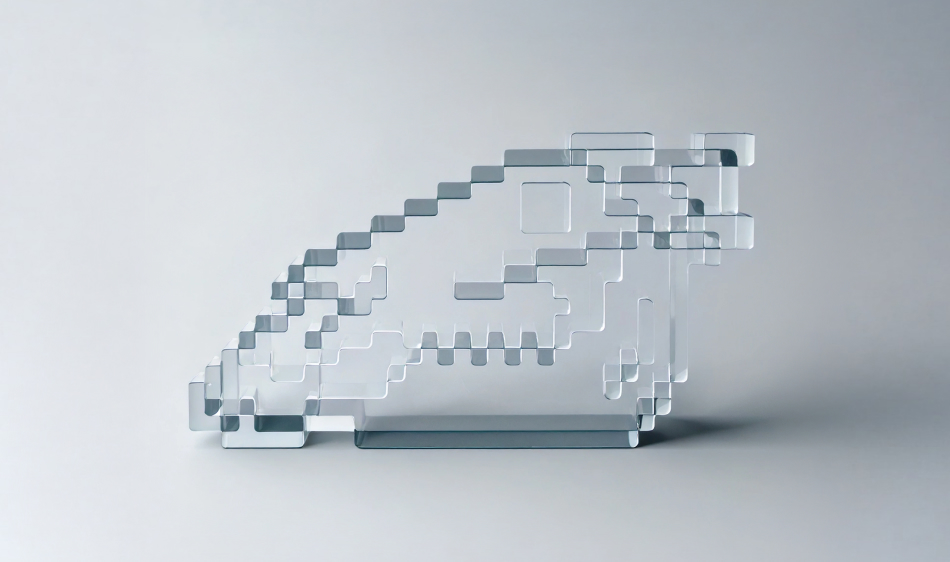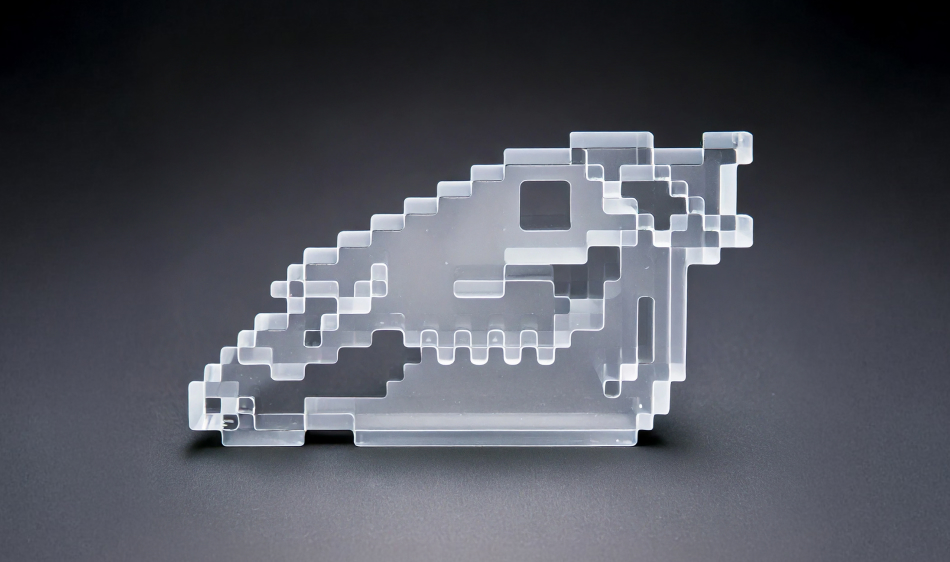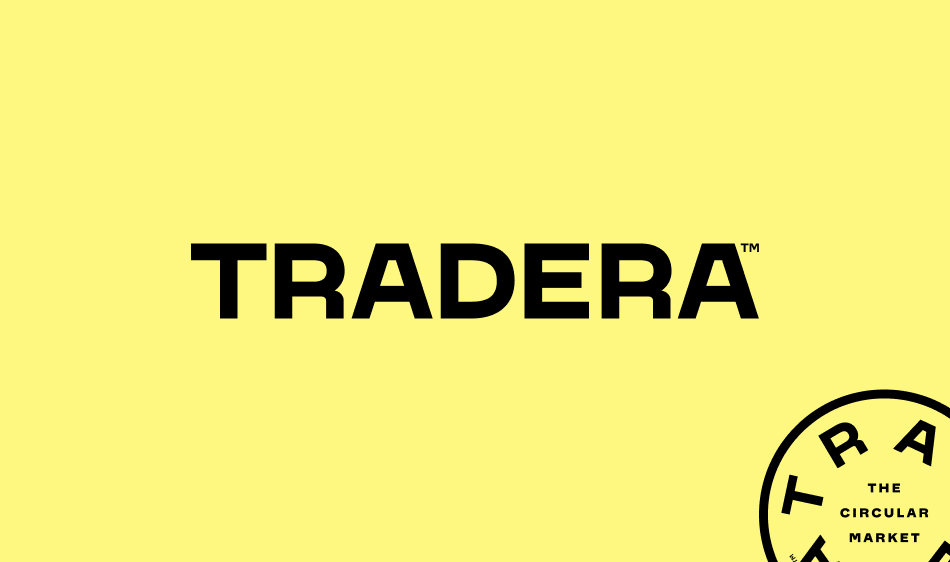Current Projects
Sponda.ai — Feedback platform
Get in touch with Sponda: sponda.ai paula@sponda.ai +46 76-022 50 77
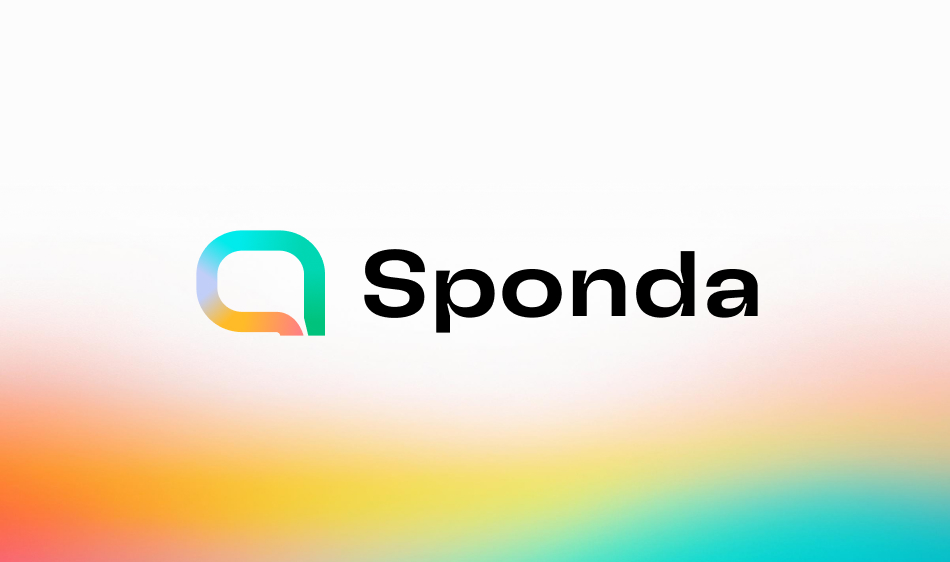
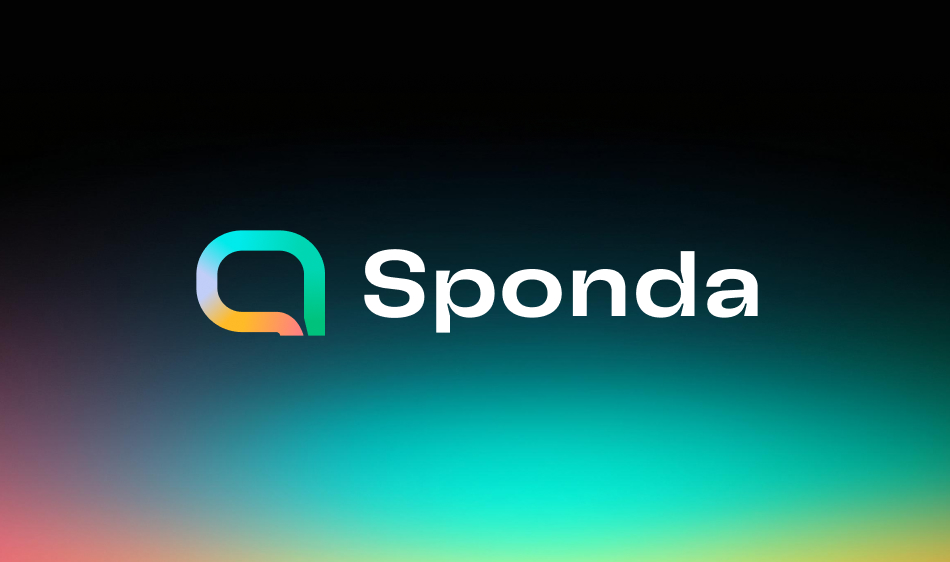
Greymass — Head Designer for brand identity and product design
Products: Anchor, Unicove, Wharf
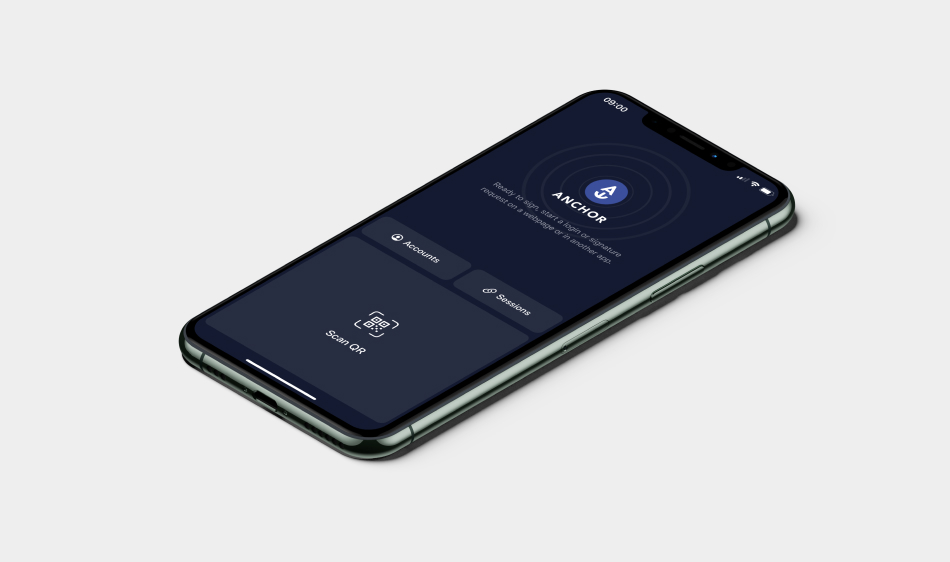
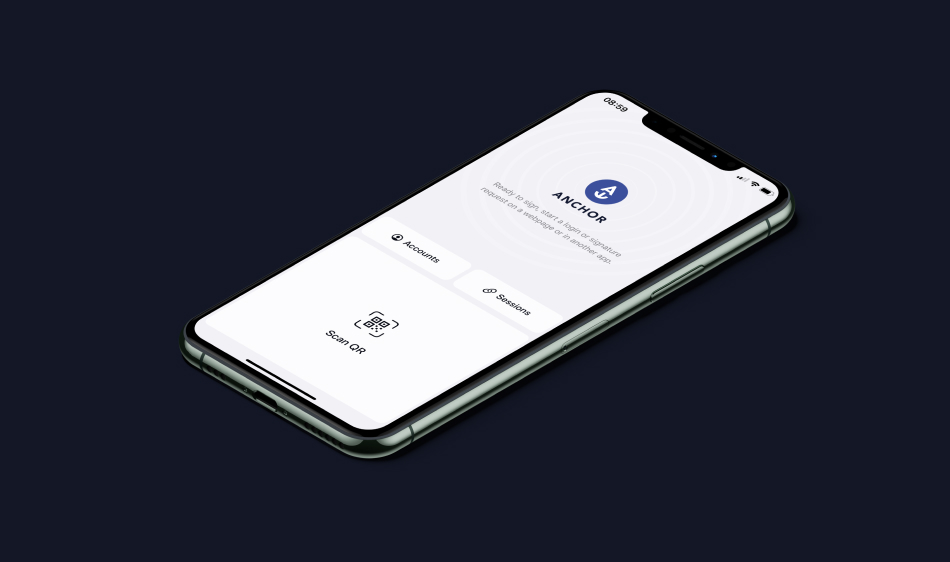
About
Goodbye Horses was founded 2009 by Maximilian Larsson, starting with Hlvticons — the studio's first project that was a huge success.
Maximilian has 20+ years experience in Visual Design, UI/UX Design, Concept Development
